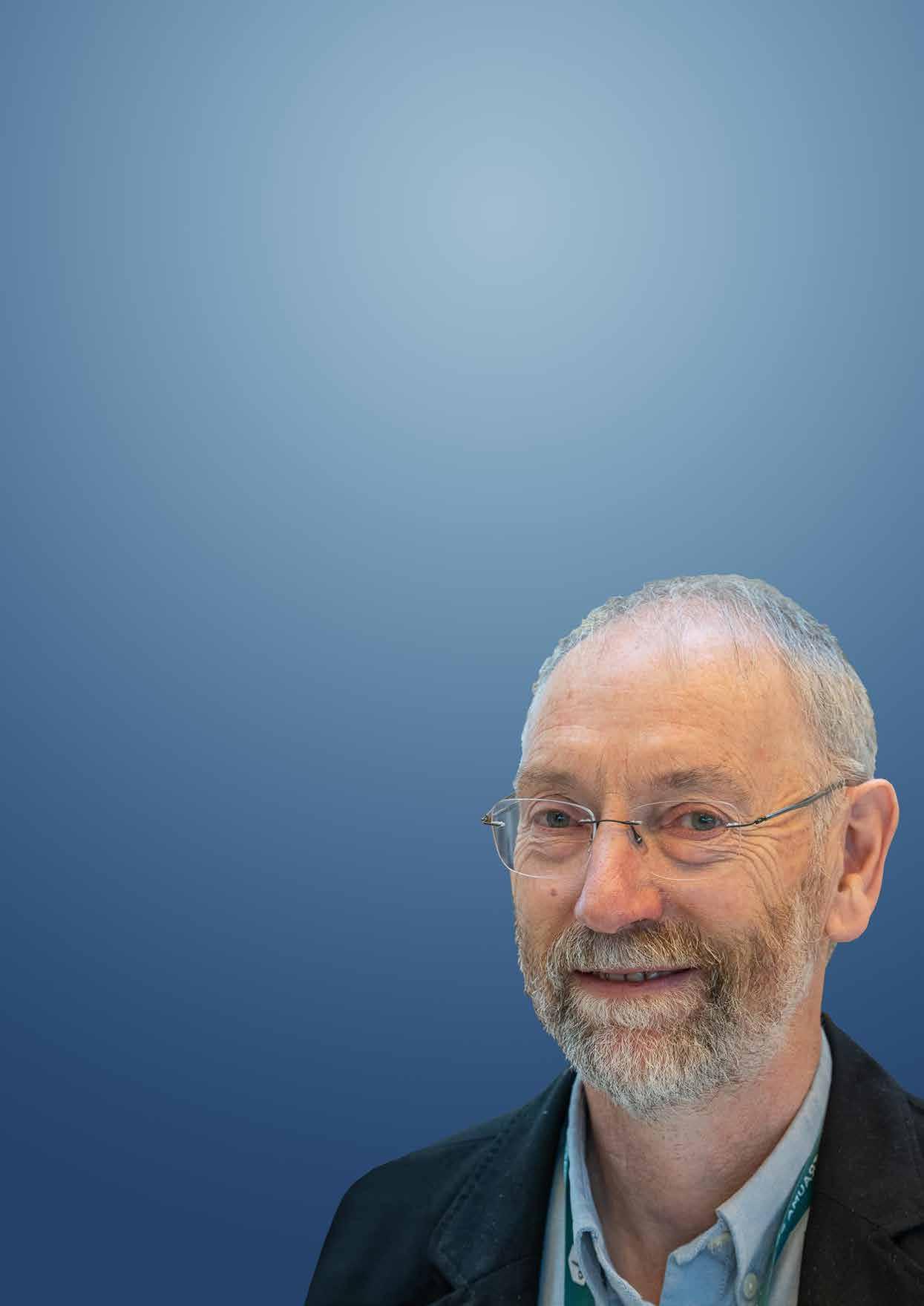
2 minute read
From the President
Too many tactics and not enough strategy?
Bob Handley
Advertisement
Being President of the BOA is not quite as I had anticipated. The coronavirus, caring for patients, supporting surgeons and Zoom are now the ingredients to produce a fare of tactics and strategy for the 2020-21 Presidential year. As the pressure of events drives us into a corner we could easily become consumed by developing tactics to resolve immediate issues, just firefighting. However, the bigger the problem the greater the long term effects and the consequent need for strategy.
This dilemma is reflected in efforts to prioritise care and the difficulty recognising when the short-term morphs into the long-term. Many of us have been brought up with an ATLS approach to immediate and pressing problems; which is to have a ranking of potential issues, to seek them out and to deal with each as soon as it is found. We are equally familiar with the NICE process for assessing treatment pathways depending upon a balance of cost and outcome distilled into QALYs. In general even though we have worked in a resource limited environment these conceptual approaches to prioritisation have not competed too much, but we should not assume this will continue.
The relief of pain and restoration of function with a long life expectancy make many of our procedures remarkably cost effective. However, they are vulnerable to side-lining as a consequence of terminology; elective often being interpreted as synonymous with optional, and the stereotypic perception that many are lifestyle procedures. The balance we have to strike is our full co-operation with the necessary tactics to tackle the immediate crisis along with a resolute strategy to maintain the status of and capability to deliver pain relief and restoration of function. We can achieve some of this with the application of a ‘Keep calm and carry on’ philosophy and a re-affirmation of evidence. However, the hearts and minds argument for appropriate recognition and resource will be more resonant if we learn from our logo and present it shoulder to shoulder with our patients.
Thus far the BOA has responded well to COVID-19. Phil Turner and Julia Trusler have been vigilant and proactive to keep us informed and involved. Having independent eyes on the evolving situation around the UK would in the past have been difficult, but the hard work of Julian Owen and his PA Helen Davies in resurrecting the BODS network has given the T&O community an easy and regular way of communicating at the level of Clinical Directors.
The tactics and strategy of training are also a significant problem. The short-term crisis tactics for service delivery should not be allowed to derail training. There should be a strategic aim to allow every NHS funded case to be a training opportunity and targeted tactics for those areas where this is not occurring. This is not just a burden that will be borne by the individual trainees but will affect the whole system if there are delays to CCT.
The centrepiece of a BOA year is the Congress. This year it could have fizzled out, but with the efforts of many and the particular efforts of a few it was a great success. Simon Hodkinson, Charlie Silva, Venease Morgan and “next slide please” Emily Farman kept the show on the road. Next year we are hedging our bets by planning for each of a full, hybrid and virtual Congress.
It would be an honour to be a virtual BOA President, I will do my best to be a real one.










